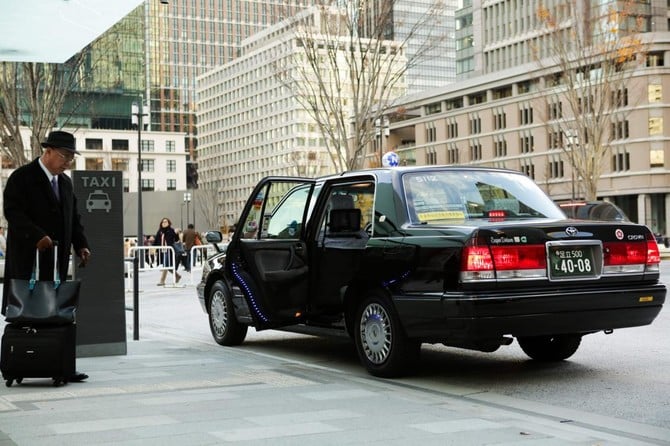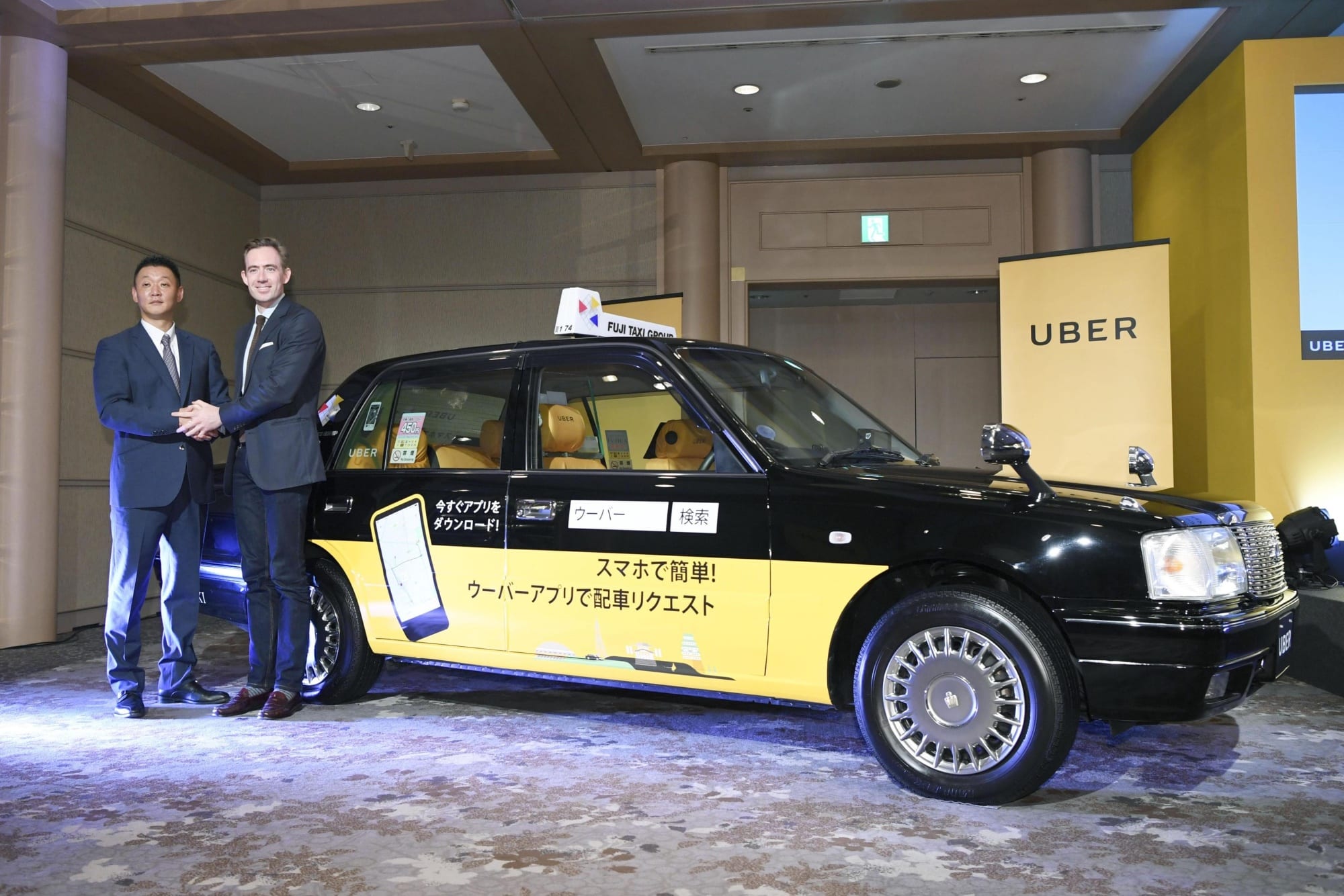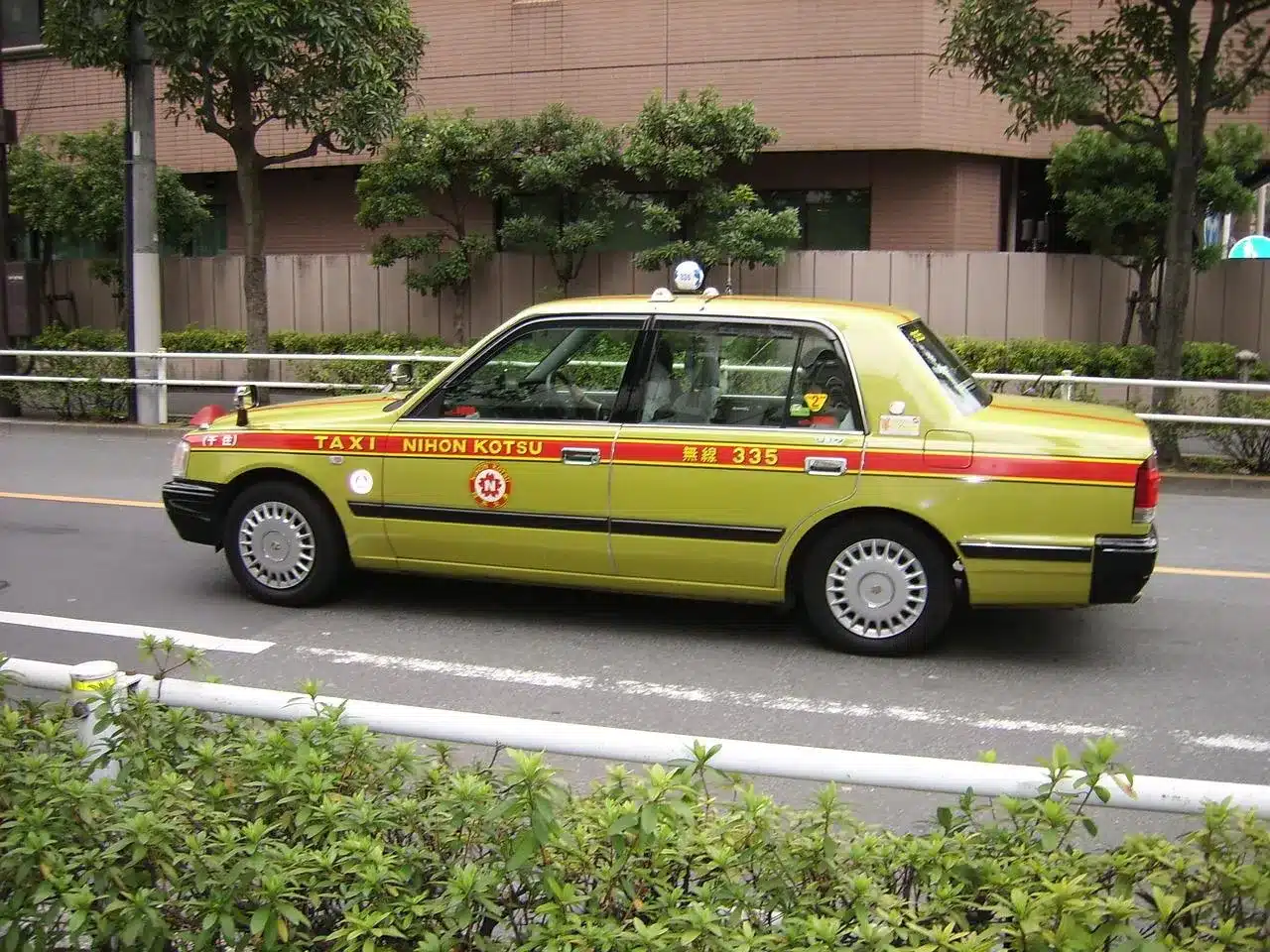In 2014, Uber’s operation in Japan officially launched. The first fear was that it would cause havoc in the taxi industry in Japan. Uber has been around for 8 years, yet just 15 locations in Japan support the service. It didn’t even manage to kill the taxi sector since it didn’t expand nationwide. In case you were wondering, here are three factors that contributed to Uber’s demise.
Contents
1. Legal Entry Barriers
In Japan, unlicensed commercial taxis are known as (Shiro-taku), which is shorthand for “white taxi,” a reference to the difference between the green license plates of official taxis and the white plates of normal automobiles. One does not just wake up one day and decide to work as a professional cab driver in Japan. You have to have a valid driver’s license (class II) in conjunction with your regular license to legally operate a commercial vehicle in accordance with the Road Traffic Act (class I). Furthermore, a geography examination must be passed before doing business in densely populated regions. Did you take the exam and get your license? The next step is to put in at least two years for a cab firm before striking out on your own.
Curious as to the legal ramifications of operating an unlicensed taxi business. Two or three years in jail time or a monetary fine of up to twenty thousand dollars might result from a conviction. The Japanese administration is attempting to amend this regulation in order to meet the increased demand in major urban areas and in the event of unforeseen circumstances, such as bad weather or a train being delayed. The Shiro-taku community has not yet been granted this right.
In the present day, Uber Japan works along with significant taxi providers. Uber, which at one time promised to disrupt the sector, has instead allied itself with the incumbents in order to stay afloat.
2. Collusion Between Taxi Industry, and Lawmakers
According to reports, the Japanese Federation of Hire-Taxi Organizations has close ties to several lawmakers of the Japanese Diet. Uber’s primary rival is not other taxi services, but rather the Japanese administration. Members of the Diet may use cabs without having to pay for them in advance since taxi firms provide them with “taxi tickets.” Diet members, who are likely rather busy, may save time by opting to be billed monthly rather than after each trip.
Citizens’ annoyance with these taxi tickets has led to a frequent debate in the House and Senate. Yet, as you would guess, this kind of talk doesn’t often result in concrete steps taken to lessen reliance on cabs.
3. Customized Service
In smaller Japanese communities, it’s fairly uncommon to see many vehicles in a single-home garage. Cars are used for everything from getting to and from work and errands to going out for drinks. Seriously, who gets behind the wheel after imbibing Kirin beer, haibru, and sake?
Not to worry, just contact a local daik service. Apparently, they’re bringing a guest along. In the morning, rather than commuting from in front of your local pub, you may sleep soundly in the rear while a competent driver brings your vehicle to your driveway. Taxis in Japan can transport just about anybody, from kids and the elderly to working mothers and visitors in need of a personalized tour of the city’s top sights.




